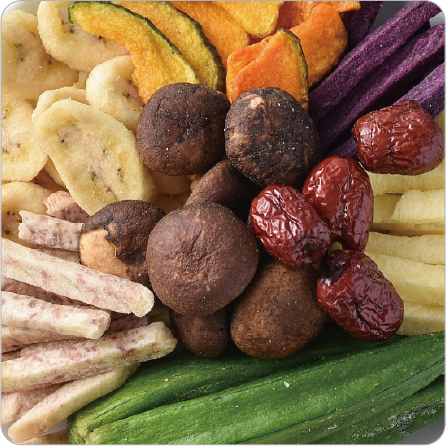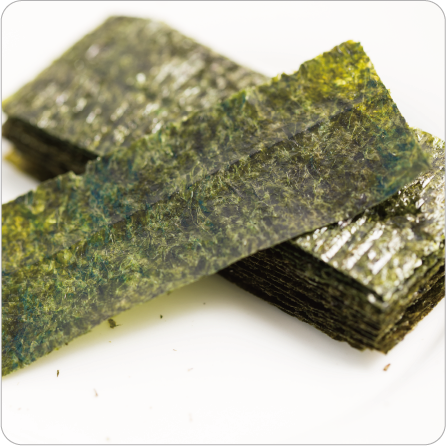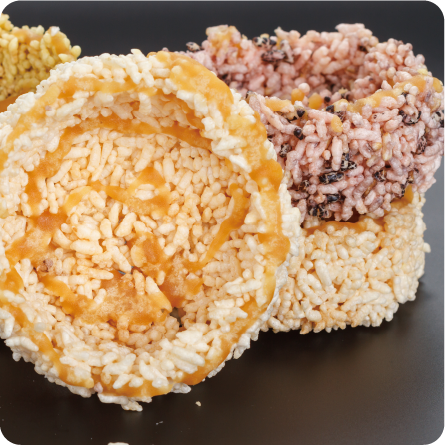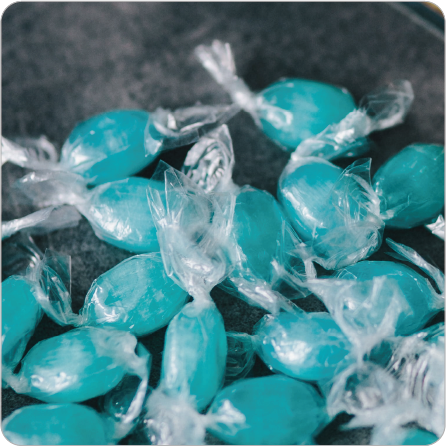Low water food
Low-moisture active food refers to food or food ingredients with Aw values lower than 0.6, such as milk powder, freeze-dried, seasoning, fruit and vegetable powder, roasted seeds, seaweed and low-Aw value food obtained by adding salt or sugar. Because of the low moisture content, such foods have a relatively long shelf life and do not require refrigeration. However, during long-term storage, they are easily affected by the temperature and humidity of the storage environment, and water and oxygen from the outside slowly penetrate into the packaging, causing changes in the texture, taste, appearance, aroma, nutrition, and other aspects of the food, affecting the consumer experience.
Here are some challenges that the low-moisture food industry often faces:

Considering the market price of low-moisture active foods, the packaging material often chooses OPP/CPP, PET/CPP, PET cans, and other cost-effective materials. These materials have a protective effect on the goods in a short time. However, when stored for a long time, especially when sold in some cities with high humidity, moisture problems are likely to occur. At this time, according to the humidity tolerance threshold of food, corresponding specifications of silica gel desiccant, mineral desiccant, lime desiccant, etc. can be selected to absorb moisture from the outside. If food is also sensitive to oxygen, a dry oxygen absorber can be used to remove oxygen while maintaining a certain low-humidity indoor environment.
Specific solutions can be found in the following products.






